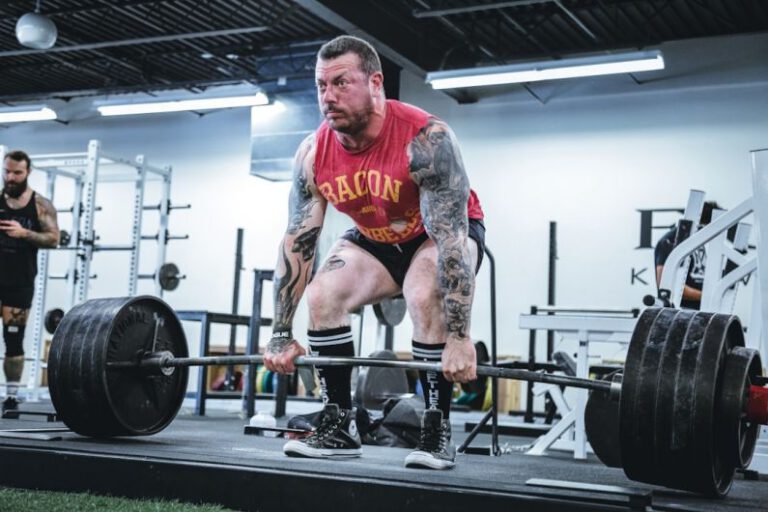Building Strength after Injury: a Comeback Story
Rebounding from an injury and rebuilding physical strength can be a challenging journey for anyone. Whether it’s a sports-related injury, a slip and fall, or a medical condition that has set you back, the path to recovery requires determination, patience, and a strategic approach. In this article, we will delve into the inspiring narrative of building strength after injury, exploring the physical and mental aspects of the comeback journey.
The Road to Recovery
Navigating the road to recovery after an injury is often fraught with obstacles. The initial phase typically involves rest, rehabilitation, and medical guidance to ensure proper healing. It’s crucial to follow the advice of healthcare professionals and not rush the process. While setbacks may occur, staying committed to the recovery plan is paramount.
Physical Therapy: A Crucial Component
Physical therapy plays a vital role in regaining strength and mobility post-injury. Working with a skilled therapist can help you gradually rebuild muscle mass, improve flexibility, and restore function to the injured area. Through targeted exercises and techniques, physical therapy aims to enhance recovery and prevent future injuries.
Setting Realistic Goals
Setting realistic goals is essential when embarking on a comeback journey. While it’s natural to aspire to return to pre-injury levels of strength and activity, it’s crucial to progress at a pace that allows for proper healing and adaptation. Celebrate small victories along the way and recognize that progress, no matter how incremental, is a step in the right direction.
Nutrition and Hydration
Proper nutrition and hydration are key components of rebuilding strength after an injury. A balanced diet rich in nutrients, vitamins, and protein can support muscle recovery and overall health. Staying hydrated is also vital for optimal performance and healing. Consult with a healthcare provider or nutritionist to develop a customized nutrition plan that aligns with your recovery goals.
Mindset and Mental Resilience
The mental aspect of recovery should not be overlooked. Dealing with the emotional toll of an injury, such as frustration, fear, or self-doubt, is a common experience. Cultivating a positive mindset and practicing mental resilience can help you navigate the challenges of the comeback journey. Surround yourself with a supportive network of friends, family, and healthcare professionals who can offer encouragement and guidance.
Gradual Return to Activity
As strength and mobility improve, gradually reintroducing physical activity is crucial for rebuilding overall fitness levels. Start with low-impact exercises and gradually increase intensity and duration as tolerated. Listen to your body and avoid pushing yourself too hard too soon. Engaging in activities you enjoy can help maintain motivation and keep you on track towards your recovery goals.
Embracing the Process
Embracing the process of building strength after injury is a transformative journey that requires dedication, resilience, and perseverance. Each milestone achieved, no matter how small, is a testament to your determination and commitment to your health and well-being. Remember that setbacks are a natural part of the recovery process and should not deter you from your ultimate goal of regaining strength and vitality.
In Conclusion: A Triumph of Resilience
In conclusion, the story of building strength after injury is a testament to the triumph of resilience over adversity. By embracing the challenges, seeking support, and staying focused on your goals, you can overcome setbacks and emerge stronger than before. The journey to recovery may be arduous, but with perseverance and a positive mindset, you can write your own comeback story of resilience, strength, and renewal.






